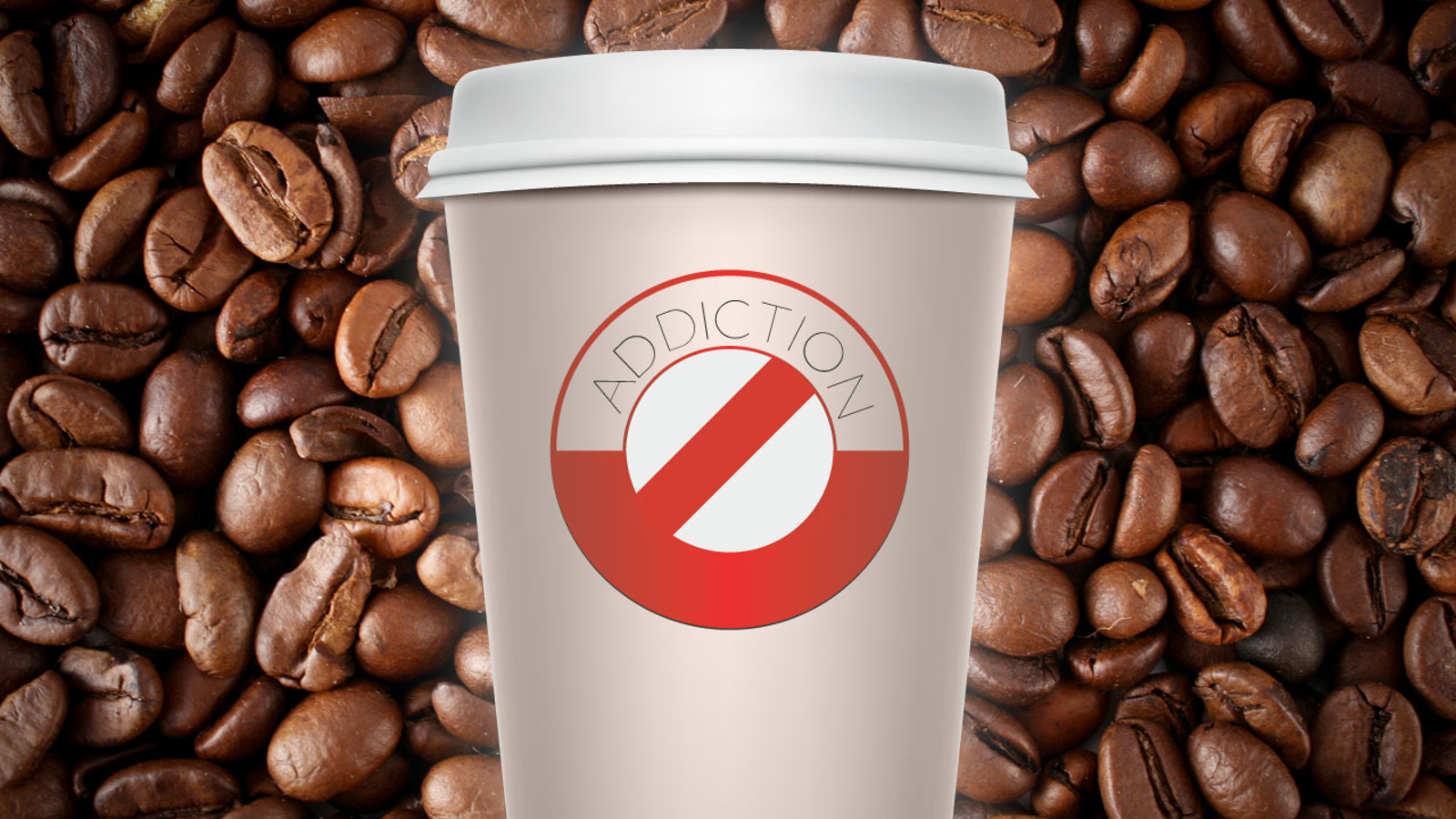

H., Rutaecarpine, a quinazolinocarboline alkaloid, inhibits prostaglandin production in RAQ264.7 macrophages. L., Alteration of the pharmacokinetics of theophylline by rutaecarpine, an alkaloid of the medicinal herb Evodia rutaecarpa, in rats. F., Effects of Wu-chu-yu-tang and its compound herbs on drug-metabolizing enzymes. F., Induction of cytochrome P450-dependent monooxygenase in mouse liver and kidney by rutaecarpine, an alkaloid of the herbal drug Evodia rutaecarpa. C., Effects of Evodia rutaecarpa and rutaecarpine on the pharmacokinetics of caffeine in rats. Nash, T., The colorimetrical estimation of formaldehyde by means of the Hantzsch reaction. W., A new class of COX-2 inhibitor, rutaecarpine from Evodia rutaecarpa. P., Dealkylation of pentoxyresorufin: a rapid and sensitive assay for measuring induction of cytochrome(s) P-450 by phenobarbital and other xenobiotics in the rat. J., Protein measurement with the folin phenol reagent. C., The effects of rutaecarpine on the pharmacokinetics of acetaminophen in rats. C., Characterization of the phase 2 metabolites of rutaecarpine in rats by liquid chromatography-electrospray ionization-tandem mass spectrometry. C., Characterization of in virto metabolites of rutaecarpine in rat liver microsomes using liquid chromatography/tandem mass spectrometry. C., Induction of cytochrome P450s by rutaecarpine and metabolism of rutaecarpine by cytochrome P450s. S., and Jahng, Y., A simple synthesis of rutaecarpine. R., Hydroxylation or p-nitrophenol by rabbit ethanol inducible cytochrome P-450 isozyme 3a.

H., Herb-drug interaction of Evodia rutaecarpa extract on the pharmacokinetics of theophylline in rats. L., Critical evaluation of the potential error in pharmacokinetic studies of using the linear trapezoidal rule method for the calculation of the area under the plasma level - time curve. F., Comparative study of the vasodilatory effects of three quinazoline alkaloids isolated from Evodia rutaecarpa. S., Caffeine induces cytochrome P4501A2: induction of CYP1A2 by tea in rats. L., Determination of urinary 13C-caffeine metabolites by liquid chromatography-mass spectrometry: the use of metabolic ratios to assess CYP1A2 activity. I., α-Naphthoflavone antagonism of 2,3,7,8-tetrachlorodibenzo-p-dioxin induced murine ethoxyresorufin O-deethylase activity and immunosuppression. C., Effects of oral rutaecarpine on the pharmacokinetics of intravenous chlorzoxazone in rats. R., A population and family study of Nacetyltransferase using caffeine urinary metabolites. C., Bonaiti-Pellie, C., Poisson, N., Magnette, J., and Bechtel, P. These results clearly suggest that rutaecarpine increases the metabolism of caffeine, theophylline, theobromine, and paraxanthine by inducing CYP1A2 and CYP2E1 in rats.īechtel, Y. The significant induction of ethoxyresorufin O-deethylase, pentoxyresorufin O-depentylase, and p-nitrophenol hydroxylase strongly supported the decrease in caffeine and its major metabolites in plasma, as well as in urine.

The areas under the curve of both caffeine and its three major metabolites (paraxanthine, theophylline, and theobromine) were significantly reduced by rutaecarpine, indicating that caffeine was rapidly converted into the desmethylated metabolites, and that those were also quickly transformed into further metabolites via the hydroxyl metabolites due to the remarkable induction of CYP1A2 and 2E1. Plasma and urine were collected serially for up to 24 h and the plasma and urine concentrations of caffeine and its metabolites were measured, and compared with those in control rats. Following oral administration of 80 mg/kg rutaecarpine for three consecutive days, caffeine (20 mg/kg) was given orally. We investigated the microsomal enzyme activity using hepatic S-9 fraction and the plasma concentration-time profiles and urinary excretion of caffeine and its major metabolites after an oral administration of caffeine in the presence and absence of rutaecarpine in rats. Although rutaecarpine, an alkaloid originally isolated from the unripe fruit of Evodia rutaecarpa, has been reported to reduce the systemic exposure of caffeine, the mechanism of this phenomenon is unclear.


 0 kommentar(er)
0 kommentar(er)
